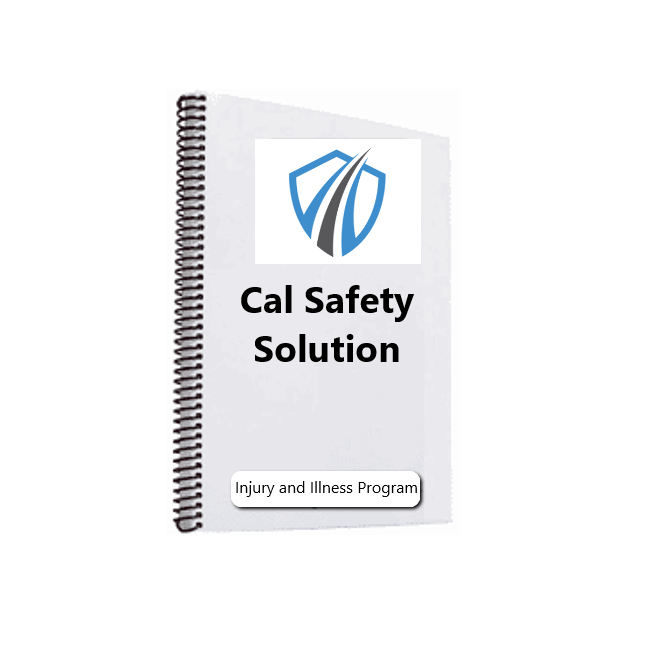In California every employer has a legal obligation to provide and maintain a safe and healthful workplace for employees, according to the California Occupational Safety and Health Act of 1973. As of 1991, a written, effective Injury and Illness Prevention (IIP) Program is required for every California employer.
It is the employers’ responsibilities in establishing, implementing, and maintaining an IIP Program, as well as making the written IIP Program available to their employees. It also outlines steps that can be taken to develop an effective Program that helps assure the safety and health of employees while on the job.
An IIPP MUST contain the company's Infectious Disease Control plan (Covid).
Management MUST review it annually or whenever a change of policy is made!

Why Have a Workplace
Injury and Illness Prevention Program?
Taking risks is a part of running a business,
particularly for small business owners. You take
risks in product development, marketing, and
advertising in order to stay competitive. Some
risks are just not worth the gamble. One of these
is risking the safety and health of those who
work for you.
What is an Injury & Illness Prevention Program?
Your Injury and Illness Prevention Program must be a written plan that includes procedures and is put into practice. These elements are required:
1. A person (or persons) with authority and responsibility for implementing the Program is identified by name with contact information. Titles alone, such as supervisor, are not enough.
2. A system for ensuring employees comply with safe and health work practices.
3. A system for communicating with employees in a form readily understandable by all affected.
4. Procedures for identifying and evaluating workplace hazards.
5. Procedures to investigate occupational injury or illness.
6. Procedures for correcting unsafe or unhealthy conditions, work practices and procedures.
7. Provide employee training and instruction.
8. Procedures to allow employee access to the Program.
9. Recordkeeping and documentation.

Management Commitment, Assignment of Responsibilities, and Assuring Employee Compliance
Your commitment to safety and health shows in every decision you make and every action you take. Your employees will respond to that commitment. The person or persons with the authority and responsibility for your safety and health program must be identified and given management’s full support. You can demonstrate your commitment through your personal concern for employee safety and health and by the priority you place on these issues.
If you want maximum production and quality, you need to control potential work-place hazards and correct hazardous conditions or practices as they occur or are recognized. You must commit yourself and your company by building an effective Injury and Illness Prevention Program and integrating it into your entire operation.
This commitment must be backed by strong organizational policies, procedures, incentives, and disciplinary actions as necessary to ensure employee compliance with safe and healthful work practices.
Visit Our website to schedule a FREE 30 minute phone consultation and I will provide you with a checklist that you can download and use to help stay compliant. I will tell you what are some of the "low hanging fruit" that OSHA looks for that lead to a citation. You can do your own inspection, save money and be better prepared if you are inspected.
 Add Row
Add Row  Add
Add 




Write A Comment